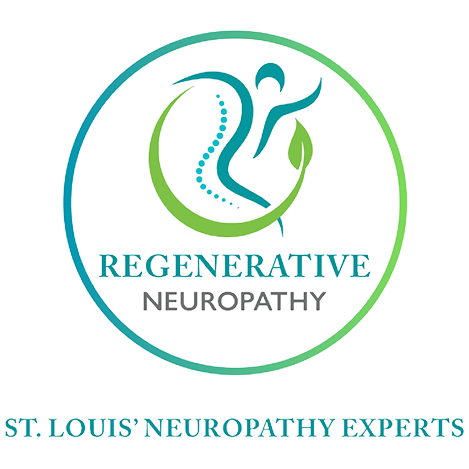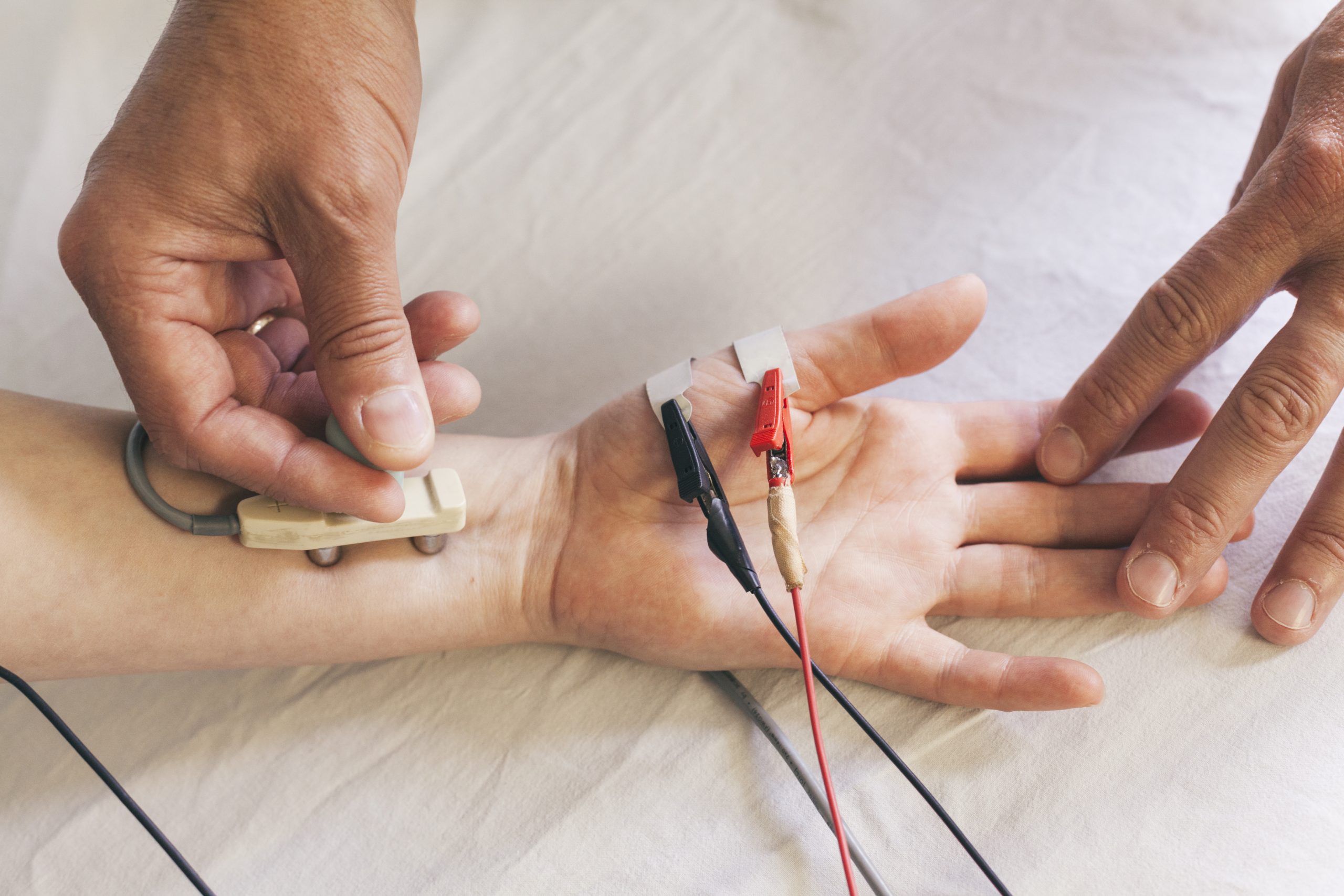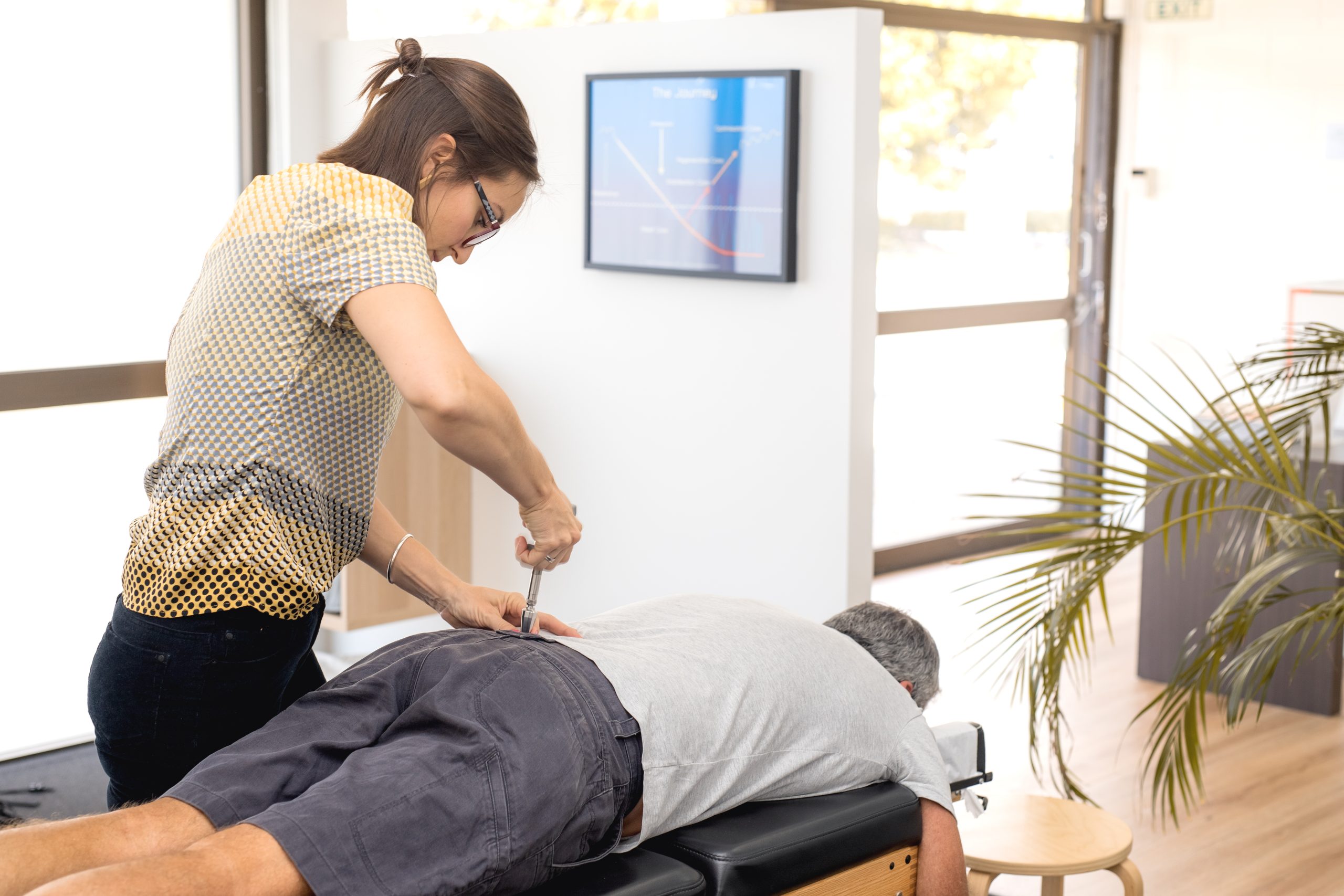Peripheral neuropathy, a condition characterized by damage to the peripheral nerves, can cause debilitating symptoms such as pain, numbness, and muscle weakness. For many patients, managing these symptoms is a lifelong challenge. Traditional treatments often focus on symptom relief, using medications, physical therapy, or surgery to reduce discomfort without addressing the root cause of nerve damage. However, recent advancements in regenerative medicine are offering new hope for patients with peripheral neuropathy. By focusing on repairing and regenerating damaged nerve tissues, regenerative medicine presents a promising alternative for those seeking long-term relief.
What is Regenerative Medicine?
Regenerative medicine is an innovative field that focuses on healing damaged tissues and restoring normal function by harnessing the body’s natural healing mechanisms. Unlike conventional treatments that only manage symptoms, regenerative medicine aims to repair or replace damaged cells and tissues, promoting true recovery. This approach is particularly appealing for peripheral neuropathy patients, as it has the potential to reverse or halt the progression of nerve damage, providing a more comprehensive solution to the condition.
How Does Regenerative Medicine Help Peripheral Neuropathy?
Peripheral neuropathy is caused by a variety of factors, including diabetes, infections, traumatic injuries, and exposure to toxins, all of which damage the nerves. Regenerative medicine therapies target this underlying damage, focusing on healing the nerves and restoring normal nerve function.
One of the key mechanisms in regenerative medicine involves stimulating the body’s natural repair processes. For example, certain treatments use biologic materials such as growth factors and proteins that can encourage nerve regeneration. These growth factors help create an environment conducive to nerve healing, promoting cell repair and reducing inflammation around the affected nerves.
Another promising approach is the use of platelet-rich plasma (PRP) therapy, where a patient’s own blood is processed to concentrate platelets rich in growth factors. When injected into the affected area, PRP accelerates healing by stimulating tissue repair and reducing inflammation. PRP has been shown to improve nerve function and alleviate pain in patients with neuropathy, offering long-term relief.
The Benefits of Regenerative Medicine for Neuropathy Patients
One of the most significant advantages of regenerative medicine is its potential for long-term relief. Unlike treatments that mask the symptoms, regenerative therapies address the underlying cause of nerve damage. This means that patients may experience not only symptom relief but also improvements in nerve function and overall quality of life.
Additionally, regenerative therapies are often minimally invasive, reducing the risks associated with more traditional surgical approaches. Treatments such as PRP or biologic injections involve little downtime, allowing patients to resume their normal activities more quickly.
Who Can Benefit from Regenerative Medicine?
Patients with peripheral neuropathy caused by diabetes, chemotherapy, injury, or other factors may benefit from regenerative medicine. While results vary depending on the severity of the nerve damage and the patient’s overall health, many individuals report reduced pain, improved mobility, and enhanced nerve function after undergoing regenerative treatments.
It’s important to consult with a specialist experienced in regenerative medicine to determine whether these therapies are appropriate for your condition. As research into regenerative therapies continues to advance, more patients are finding hope in treatments that aim to heal rather than just manage their condition.
Conclusion
Regenerative medicine represents a breakthrough in the treatment of peripheral neuropathy. By focusing on nerve repair and regeneration, it offers new hope for long-term relief and recovery. For patients seeking alternatives to traditional treatments, regenerative medicine may be the key to restoring function and improving their quality of life.




